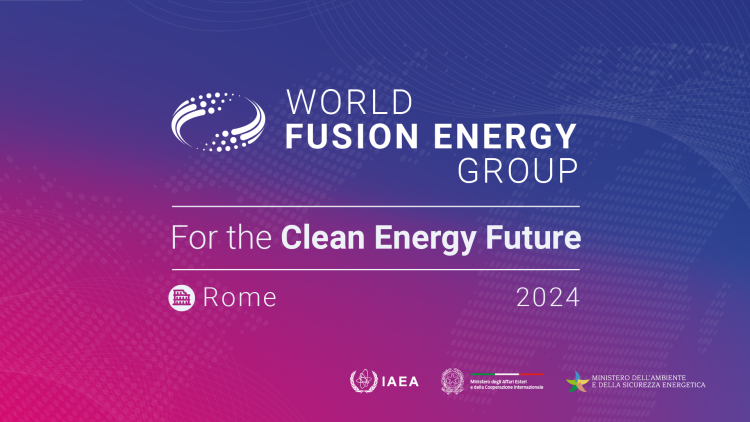Before being released into the ocean, water recovered from the damaged Fukushima plant is treated to remove radionuclides other than tritium using the Advanced Liquid Processing System (ALPS) then diluted with seawater. According to the IAEA, the tritium concentration in the diluted water is far below the operational limit of 1,500 becquerels per liter and is in line with international safety standards.
As of Aug. 10, an IAEA online monitor website indicated discharge tritium concentrations of 299 Bq/L. The normal Japanese regulatory concentration limit for tritium discharge is 60,000 Bq/L, while the World Health Organization’s drinking water quality guidelines call for a maximum tritium concentration of 10,000 Bq/L.
Batch release: TEPCO will release nearly 7,800 cubic meters of diluted ALPS-treated water during this latest discharge period. It is the fourth batch of water released this year and the eighth batch since the company began such releases in August 2023. The IAEA earlier confirmed that the tritium concentrations in the previous seven batches, totaling approximately 54,700 cubic meters of water, were also far below operational limits.
There will be three more water discharges during the current fiscal year that, according to TEPCO, will result in an annual discharge of approximately 54,600 cubic meters of treated water and an annual tritium discharge volume of approximately 14 trillion becquerels.
During the discharges so far, TEPCO said it has taken samples from the seawater pipe every day to measure tritium concentration to confirm that tritium is being suitably diluted and that the concentration is below the level where the discharge would be suspended (700 Bq/L) or further investigated (350 Bq/L).
Safety review: An IAEA report issued in July 2023 found Japan’s plan for handling the treated water to be consistent with international safety standards and that the release as planned would have a negligible radiological impact to people and the environment.
Last month, an IAEA task force established to review the safety of the water discharge plan said in a new report that the discharge has continued to comply with international safety standards.








